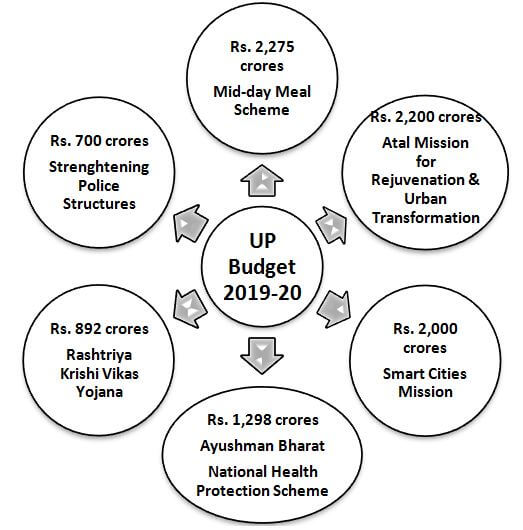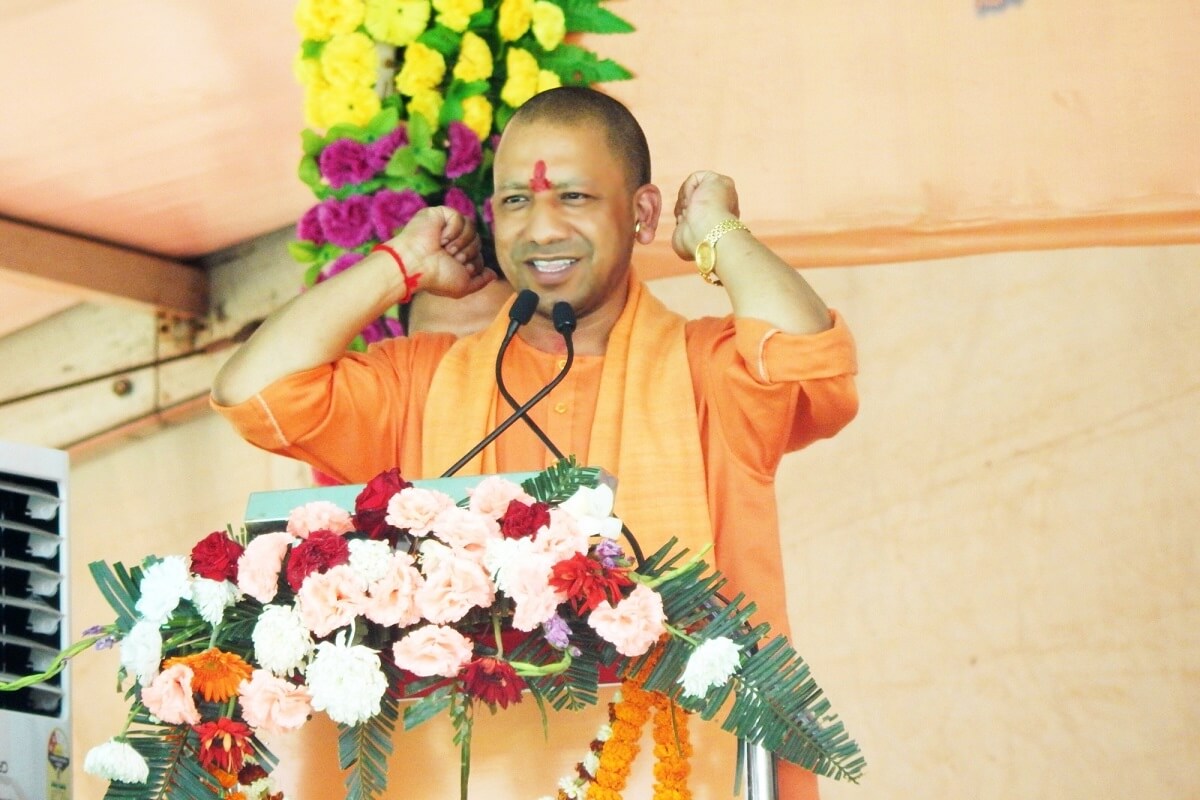On November 1st, the Uttar Pradesh (UP) government allocated funds for the construction of a Ram statue in Ayodhya, slated to be the world’s tallest statue. A budget of 447.46 crores, excluding other costs that would be incurred in the course of completion, was approved. There is also a separate allocation of Rs. 200 crores for technical studies, with the total cost of the project estimated to rise to 2,500 crores.
However, can UP truly afford such expenditures?
It is important to note that the announcement was made days after the government’s move to terminate 25,000 home guards from the Police Department due to the ‘state’s inability to pay them’. There have also seen several protests by ambulance workers demanding their pending salaries for three months, sanitation workers demanding minimum wages, and teachers demanding salary hikes. The state was also in the headlines for the sub-standard quality of meals being served under the ‘Mid-day meal scheme’ to underprivileged school-going children. Lastly, the inadequate institutional facilities in a Gorakhpur hospital led to the death of over 70 children.
The controversy surrounding the misallocation of funds is compounded by SBI research which reveals that UP's Human Development Index (HDI) increased from 0.39 to just 0.59 in a 27-year period from 1990-2017. Furthermore, the estimated cost of the Ram statue exceeds the fund allocation for several welfare schemes, despite the fact that 29.43% of the state lives below the poverty line. Simultaneously, the state is the worst-performing state on the Niti Aayog Health Index, and has negative economic growth, rising unemployment, low per capita income, the highest crime rate in the country, and surging pollution, with nine of its cities featuring amongst the most polluted in the country.
This begs the question: what are the state's spending priorities?
The projected height of the statue will be an astounding 251 meters — higher than the Statue of Unity in Gujarat. The Ram statue is a part of a larger Ramayana themed complex under the Ram Nagari Ayodhya Project. The objective of the project is to boost and promote Ayodhya as a tourist destination under Uttar Pradesh’s new religion-oriented tourism policy, which aims to make it the most preferred tourist destination in the country by 2023. In fact, UP ranked second in terms of total tourist arrivals in the year 2016. Additionally, in 2017, the total numbers of tourists were higher than the estimated population of the state.
A look at the 2019-20 budgetary allocations of the UP government:

Strangely, however, the UP government has failed to preserve the aesthetic beauty and structural integrity of the Taj Mahal, a UNESCO world heritage site. As per a CNN-IBN study, Taj Mahal-related tourism accounts for more than 20% of the state’s tourism revenue; in fact, it was the world's top revenue-generating monument from 2015 to 2018.
Seeing as the Taj Mahal was built under the Mughals, a Muslim empire, the disproportionate allocation of funds for the construction of Hindu monuments raises questions about underlying religious motives and communal aspects of the state's tourism policy and its allocation of funds for the Ram statue.
Concurrently, although tourism is cited as one of the main arguments in favour of such monuments, Agra is currently witnessing a decline in tourist rates and the handicraft industry, which remains the highest employment generating source in the city. In addition, UP has recorded high crime rates against foreigners.
Undoubtedly, tourism promotion is an essential policy measure. However, considering UP's poor socio-economic development, its spending priorities need to be re-assessed. Rather than tackling the numerous infrastructural, social, and economic plaguing the state, such religiously-motivated political gimmicks threaten to further derail UP on its path to development. At a time when several state departments are facing a credit crunch and the fund allocation for welfare schemes is declining, spending such exorbitant sums of money on building a statue illustrates grave negligence towards serious public concerns.

